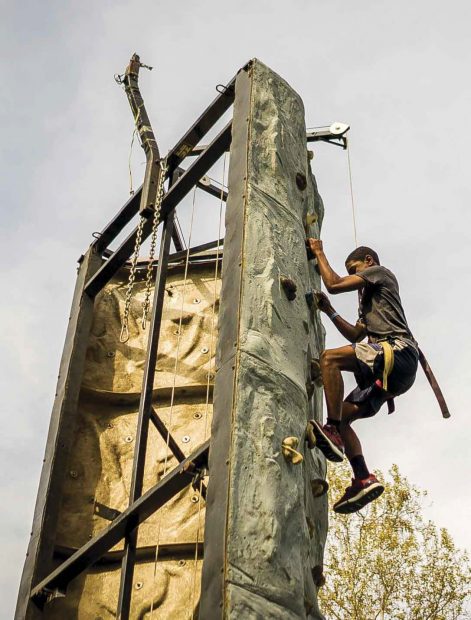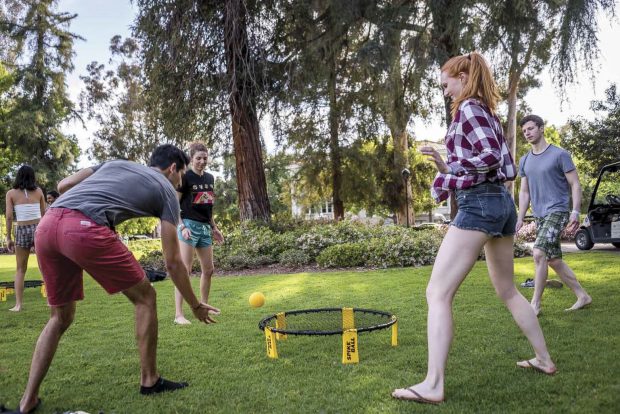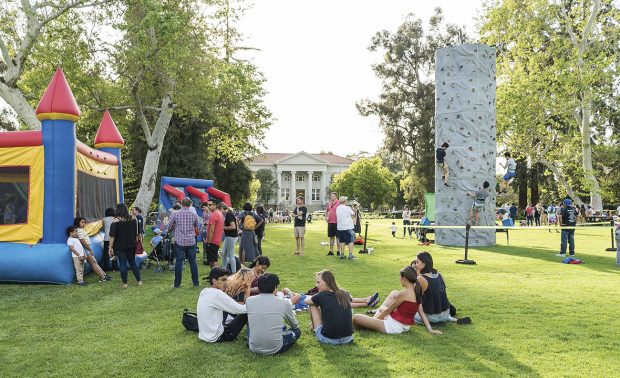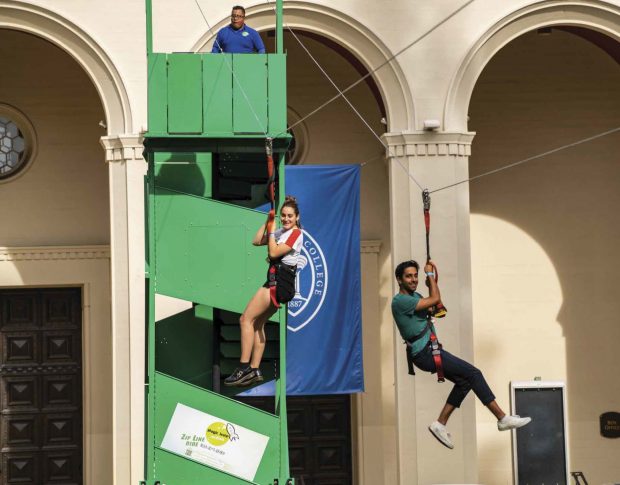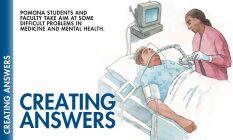
Most of the research projects undertaken by students at Pomona, with the support of or in collaboration with faculty members, are of the kind known as “pure research”—that is, their aim is to add new knowledge to a field of study, not to pursue a specific application. Occasionally, however, those projects cross over into “applied research,” aimed at solving a specific problem in the real world. The following are illustrations of three such projects, all aimed at finding new solutions to problems in medicine or mental health.
Diagnosis by Breath
View the full, two-page Diagnosis by Breath infographic as it appeared in the print edition.
For centuries, medical practitioners have been able to diagnose certain ailments simply by smelling the patient’s breath. That, says Professor of Chemistry Chuck Taylor, is due to volatile organic compounds (VOCs) that, when breathed out, provide an identifiable signature of the guilty pathogen. That’s what led Taylor to think about the problem of hospital-acquired pneumonia, which is particularly deadly among intubated patients. Would it be possible, he wondered, to create a diagnostic tool that uses those VOCs to detect infections—and to identify the specific bacteria involved—so that they can be treated in a timely fashion? Since then, Taylor and students in his lab have been hard at work creating the knowledge base for developing such a tool. Eric Garcia ’19 is one of the many students who, in recent years, have helped move this research project forward. Eric’s role has been to try to understand the properties of certain lens-coating polymers that also happen to be very good at absorbing airborne VOCs so that they can be released for testing. There’s a lot of work still to be done, but here’s how Taylor and his students hope it might eventually work:
![]() A bacterium such as Staphylococcus aureus infects the lungs of an intubated patient and begins to release signature VOCs.
A bacterium such as Staphylococcus aureus infects the lungs of an intubated patient and begins to release signature VOCs.
![]()
Some of those VOCs are trapped in a filter in the patient’s breathing line.
![]() The filter is replaced daily and taken for testing.
The filter is replaced daily and taken for testing.
![]() The VOCs are released from the filter and tested in a Raman spectrometer, revealing the VOC signature for S. aureus.
The VOCs are released from the filter and tested in a Raman spectrometer, revealing the VOC signature for S. aureus.
![]() A doctor gives the patient an antibiotic known to be effective against the identified bacterial strain in time to save a life.
A doctor gives the patient an antibiotic known to be effective against the identified bacterial strain in time to save a life.
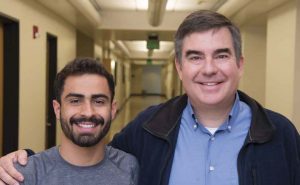 From left: Eric Garcia ’19 and Professor Chuck Taylor
From left: Eric Garcia ’19 and Professor Chuck Taylor
Autism and Virtual Reality
View the full, two-page Autism and Virtual Reality infographic as it appeared in the print edition.
With a sister on the autism spectrum, neuroscience major Cynthia Nyongesa ’19 has a long-held interest in the widespread neurological condition, which affects the way a person interacts with the world. So when she read about the effectiveness of virtual reality (VR) therapy in a range of other conditions, she wondered if autism could be added to the list. Working with the Center for Autism and Neurodevelopmental Disorders in Santa Ana, California, and with the support of Neuroscience Professor Richard Lewis, she has developed a pilot study to find out. The advantage of VR therapy, Nyongesa says, is that its totally immersive environment can be used to simulate realistic scenarios that couldn’t be used in the real world. “Like going through airport security, for example,” she says. “You couldn’t physically take a subject through TSA—you couldn’t get approval for something like that—but you can simulate it in VR.” And to determine whether the therapy is working, she plans to use before-and-after brain scans to show whether key parts of the brain are more active. Here’s how the study might work:
![]()
The subject undergoes an evaluation, including brain imaging, to measure brain activity in key areas of the brain associated with autism.
![]()
Over the course of several sessions, the subject dons VR equipment programmed to provide an immersive, simulated experience.
![]()
Each VR experience requires the subject to interact in realistic situations that challenge the parts of the brain dealing with such functions as social interaction and emotion recognition.
![]()
A final brain scan, along with behavioral testing, measures whether the therapy has resulted in increased activity in those key areas of the brain.
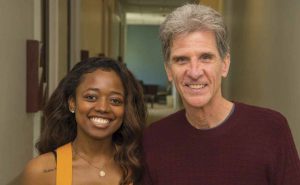 From Left: Cynthia Nyongesa ’19 and Professor Richard Lewis
From Left: Cynthia Nyongesa ’19 and Professor Richard Lewis
Depression and Social Media
View the full, two-page Depression and Social Media infographic as it appeared in the print edition.
Caroline Chou, a Claremont McKenna College senior completing her major in Pomona’s computer science program, knew she wanted to do her senior thesis on a subject that incorporated health and computer science. Based on prior research showing a connection between certain indicators in social media and an episode of depression, Chou wondered if she could use social media to create an app-based support tool for therapists, psychiatrists and other health professionals who are working with people suffering from depressive disorder. With the support of Pomona College Assistant Professor of Computer Science Alexandra Papoutsaki, Chou spent the last semester designing the various interfaces of an app that would, when completed, provide an analysis of public portions of a patient’s Twitter usage, giving the clinician a heads-up to possible depressive episodes. Here’s a fictitious scenario showing how it might work:
![]()
Dr. Kay recommends that his patient, Josie, use the app to analyze depression-related patterns in her Twitter usage.
![]()
Dr. Kay logs in to look at the patient’s monthly report for January and sees a spike in depression-related indicators during the second week of the month.
![]()
During Josie’s regular therapy session, Dr. Kay uses the report to jog the patient’s memory about significant events of that particular week.
![]()
Josie tears up as she remembers that week, when her dog was seriously ill, and as a result, her therapy session becomes more productive.
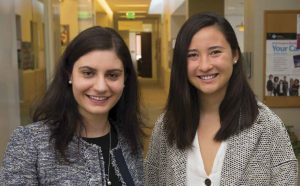 From left: Professor Alexandra Papoutsaki and Caroline Chou (CMC ’19)
From left: Professor Alexandra Papoutsaki and Caroline Chou (CMC ’19)
 Pomona College has also announced plans for a new athletics and recreation facility to replace the Rains Center for Sport and Recreation, with construction to begin in 2020.
Pomona College has also announced plans for a new athletics and recreation facility to replace the Rains Center for Sport and Recreation, with construction to begin in 2020.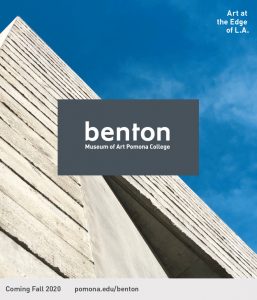 The Pomona College Museum of Art has a new building under construction, and now it also has a new name, in honor of Janet Inskeep Benton ’79, whose lead gift of $15 million is helping to fund the new structure.
The Pomona College Museum of Art has a new building under construction, and now it also has a new name, in honor of Janet Inskeep Benton ’79, whose lead gift of $15 million is helping to fund the new structure. Scott Kratz ’92 was having breakfast with a good friend, who at the time was director of D.C.’s Office of Planning, when he asked an offhand question about all the construction going on with an old bridge over the Anacostia River. To his surprise, Harriet Tregoning began to lay out her dream for transforming that old span into a park.
Scott Kratz ’92 was having breakfast with a good friend, who at the time was director of D.C.’s Office of Planning, when he asked an offhand question about all the construction going on with an old bridge over the Anacostia River. To his surprise, Harriet Tregoning began to lay out her dream for transforming that old span into a park.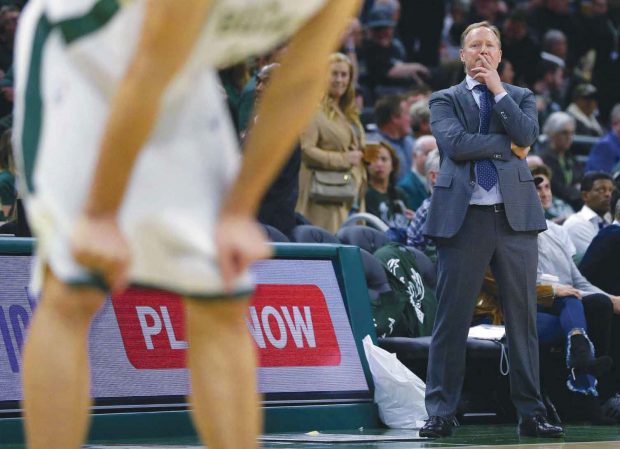
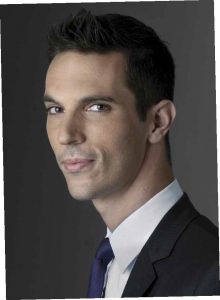
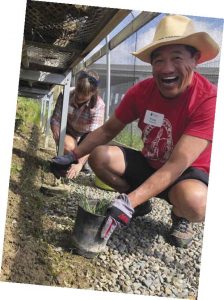
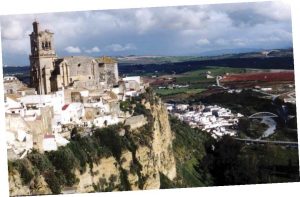 The real charm of Andalucía lies in its countryside, featuring blindingly white mountain villages (the so-called pueblos blancos) and endless olive and almond groves. Infamous for its scalding summers, Andalucía is equally renowned for its mild springs, the perfect season for enjoying the countryside the way it is meant to be enjoyed: on foot. The southernmost tip of Andalucía greets its visitors with whitewashed splashes on its craggy hillsides and minarets reshaped into Christian bell towers. Herds of wild bulls roam the upland pastures, pigs root for acorns under isolated oak trees, and Egyptian vultures soar overhead. Hike by day and enjoy village life by night in the midst of a week-long festival leading up to holiest of Christian holidays: Easter. What better way to appreciate the uniqueness of the southwesternmost corner of Europe?
The real charm of Andalucía lies in its countryside, featuring blindingly white mountain villages (the so-called pueblos blancos) and endless olive and almond groves. Infamous for its scalding summers, Andalucía is equally renowned for its mild springs, the perfect season for enjoying the countryside the way it is meant to be enjoyed: on foot. The southernmost tip of Andalucía greets its visitors with whitewashed splashes on its craggy hillsides and minarets reshaped into Christian bell towers. Herds of wild bulls roam the upland pastures, pigs root for acorns under isolated oak trees, and Egyptian vultures soar overhead. Hike by day and enjoy village life by night in the midst of a week-long festival leading up to holiest of Christian holidays: Easter. What better way to appreciate the uniqueness of the southwesternmost corner of Europe?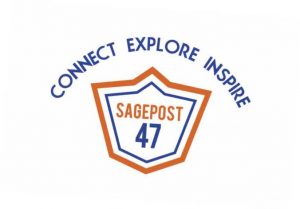 Have you checked out SagePost47, Pomona’s online platform that bridges the gap between students and alumni by fostering one-on-one connections and mentorships? Founded by an alumnus and a student in 2014, SagePost47 has grown to feature 100-plus alumni mentors, blogs, panel events and mock interviews. Learn more and sign up today at
Have you checked out SagePost47, Pomona’s online platform that bridges the gap between students and alumni by fostering one-on-one connections and mentorships? Founded by an alumnus and a student in 2014, SagePost47 has grown to feature 100-plus alumni mentors, blogs, panel events and mock interviews. Learn more and sign up today at 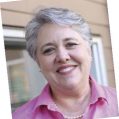

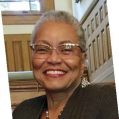

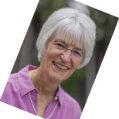
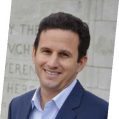


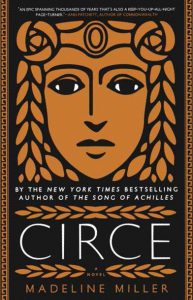 Seeking your next spring novel and a way to connect with fellow Sagehens? Join the Pomona College Book Club on Goodreads to chat with alumni, professors, students, parents and staff around a common love of reading. Visit
Seeking your next spring novel and a way to connect with fellow Sagehens? Join the Pomona College Book Club on Goodreads to chat with alumni, professors, students, parents and staff around a common love of reading. Visit 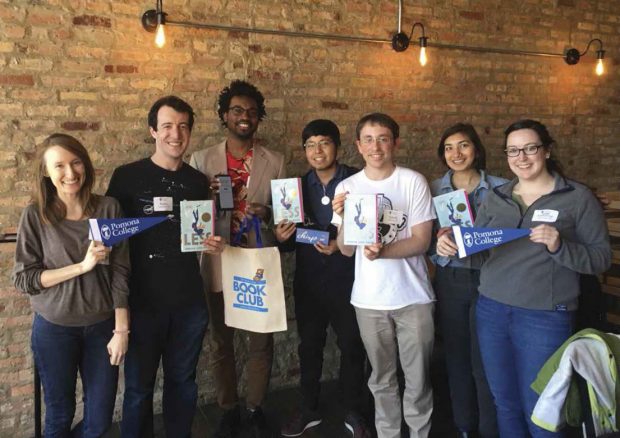
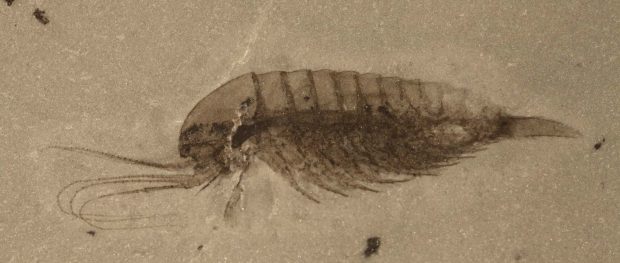
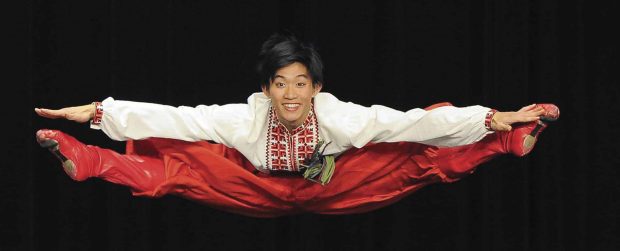
 Grow up listening to your mother share stories of studying ballet in Hong Kong—and how she had to give up a career in dance to support her family.
Grow up listening to your mother share stories of studying ballet in Hong Kong—and how she had to give up a career in dance to support her family. Own a DVD of the American Ballet Theatre’s 1977 production of “The Nutcracker” starring Mikhail Baryshnikov and Gelsey Kirkland and watch it over and over.
Own a DVD of the American Ballet Theatre’s 1977 production of “The Nutcracker” starring Mikhail Baryshnikov and Gelsey Kirkland and watch it over and over. Begin to study ballet at age 13—an “extremely late” start. Decide to be home-schooled for high school courses in order to allow time to study ballet intensely at a small ballet academy.
Begin to study ballet at age 13—an “extremely late” start. Decide to be home-schooled for high school courses in order to allow time to study ballet intensely at a small ballet academy. In addition to home-schooling, attend your local community college part time and take almost enough math classes to get an associate’s degree in the subject.
In addition to home-schooling, attend your local community college part time and take almost enough math classes to get an associate’s degree in the subject. Participate in large competitions, like the International Ballet Competition and Prix de Lausanne, to have a chance at scholarships to ballet companies with international prestige. Learn from both your successes and your losses to work even harder.
Participate in large competitions, like the International Ballet Competition and Prix de Lausanne, to have a chance at scholarships to ballet companies with international prestige. Learn from both your successes and your losses to work even harder. Get accepted to a number of colleges—including the University of Southern California for its dance program—but choose Pomona for its small classes and close-knit community.
Get accepted to a number of colleges—including the University of Southern California for its dance program—but choose Pomona for its small classes and close-knit community. In your first year, enroll in a ballet class taught by Victoria Koenig, director of the Inland Pacific Ballet dance company. Get invited to audition and dance in productions of “The Nutcracker” two years in a row.
In your first year, enroll in a ballet class taught by Victoria Koenig, director of the Inland Pacific Ballet dance company. Get invited to audition and dance in productions of “The Nutcracker” two years in a row. Take general chemistry courses and find a supportive mentor in Professor of Chemistry Roberto Garza-López, who attends a performance of “The Nutcracker” to see you dance.
Take general chemistry courses and find a supportive mentor in Professor of Chemistry Roberto Garza-López, who attends a performance of “The Nutcracker” to see you dance. Spend your first two summers on campus, thanks to grants from Pomona and the Howard Hughes Medical Institute (HHMI), conducting computational chemistry research for Garza-López.
Spend your first two summers on campus, thanks to grants from Pomona and the Howard Hughes Medical Institute (HHMI), conducting computational chemistry research for Garza-López. As a co-author, see your data published in Chemical Physics Letters: X, a peer-reviewed chemistry journal, during your junior year while starting rehearsals for a production of “The Little Mermaid.”
As a co-author, see your data published in Chemical Physics Letters: X, a peer-reviewed chemistry journal, during your junior year while starting rehearsals for a production of “The Little Mermaid.”
